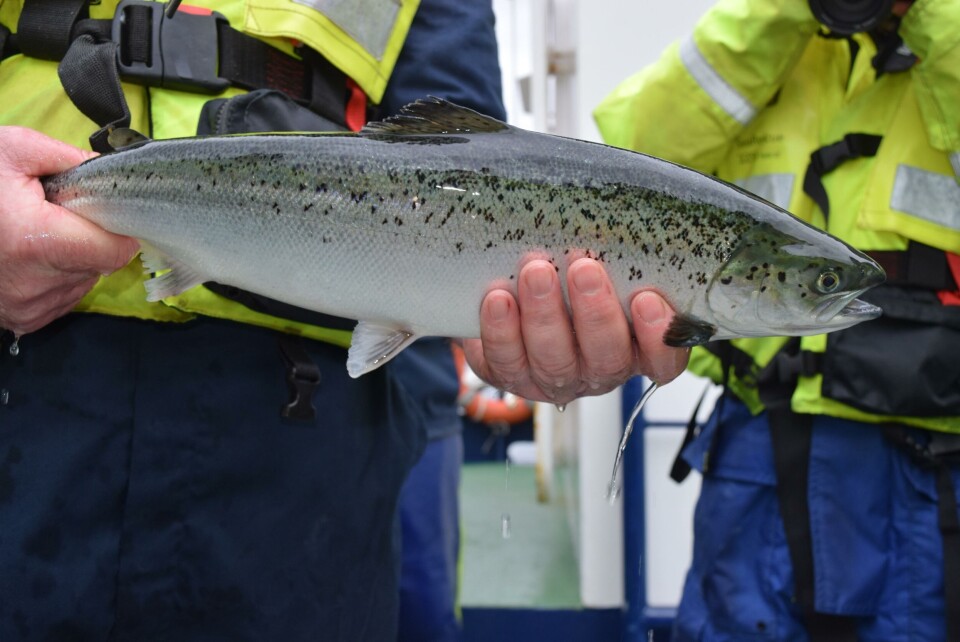
Cut-price genetics help search for lice-resistant salmon
A new, cost-effective selective breeding method is being developed by a Scottish research consortium that could improve salmon resistance to sea lice.
The project - led by Dr Smaragda Tsairidou and Professor Ross Houston at the University of Edinburgh’s Roslin Institute - is using genetic data to create a novel technique for identifying salmon with enhanced natural resistance to lice.
The researchers worked in collaboration with Hendrix Genetics and the University of Stirling’s Institute of Aquaculture as part of a project supported by the Scottish Aquaculture Innovation Centre (SAIC).

Lower-cost method
Selective breeding using genomic tools has typically been conducted by gathering information on tens of thousands of DNA sequences, or genetic markers, which can be expensive in traditional aquaculture settings, said SAIC in a press release.
Using a scientific technique called genotype imputation, the researchers have developed a lower-cost method that could make the process feasible for more breeders and producers.
The approach uses a smaller number of genetic markers to predict the resistance of salmon to sea lice. This looks for variations at specific positions in the genes of fish that indicate how it will respond to parasites and disease, allowing breeders to select parent fish with better resistance.
Similar techniques have been used successfully in livestock breeding programmes and could be effective in other aquaculture species, including shrimp and tilapia. The process could also be used as a preventative measure to improve other important health traits, such as resistance to gill disease.

Low-density markers
Houston, chair of aquaculture genetics at the Roslin Institute, said: “Sea lice is one of the costliest health-related problems for the global salmon industry and can have a wide-scale impact on salmon health and welfare.
“In this study we used low density genetic markers to predict the resistance of salmon to sea lice. This is potentially a more cost-efficient way of breeding salmon with improved resistance to parasites and other diseases, helping to improve animal welfare and production.”
Caroline Griffin, aquaculture innovation manager at SAIC, said collaborative research projects were crucial for finding new methods for enhancing fish health and wellbeing, while also supporting the future sustainability of the industry.
“Sea lice continues to be a prominent challenge for the sector worldwide and developing cost-effective, data-led techniques for future breeding could transform the ways in which we manage and treat sea lice on fish farms,” said Griffin.























































